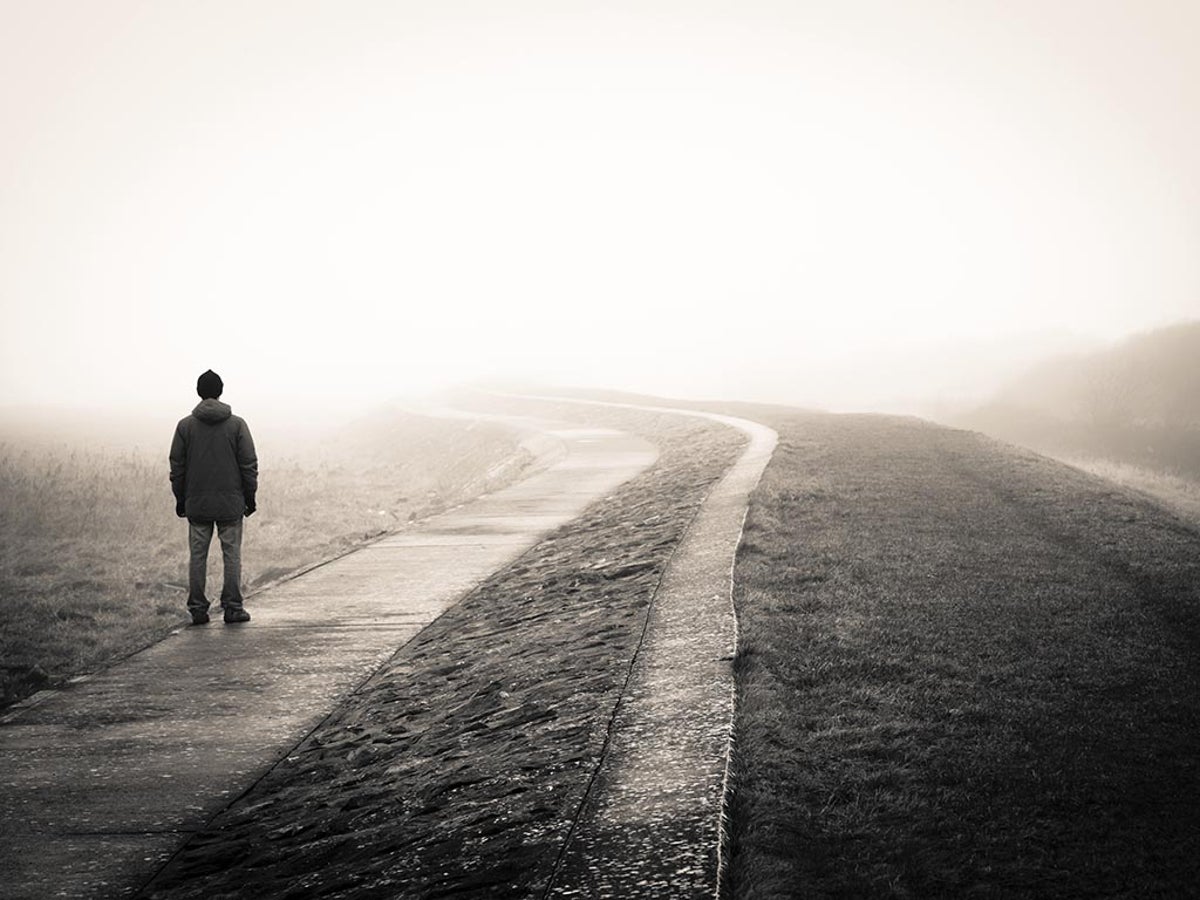LISTEN TO THIS ARTICLE:
Over a quarter of Americans aren’t having sex. In 2021, it was 26%. In 2014, 22%, and in 2008 it was 19%. The number has been rising steadily for 25 years. While it may be shocking, it’s actually just a symptom of a larger, looming problem in America: loneliness.
But what does feeling “lonely” really mean in most peoples’ lives? For starters, loneliness and physical isolation are not the same. People feel lonely when they have fewer close social connections than they want. People can be lonely but surrounded by people, or they can be physically isolated but not lonely. Even though these two situations are not the same, they frequently overlap, and either one can lead to the other.
Before the pandemic
When you first hear all this, you’ll likely think, “Wait, we’ve been through two years of COVID and social distancing. Of course we’re lonely.” Actually, Americans have been getting lonelier for years. A survey in 2019 revealed that 61% of people in this country felt lonely. That’s up from 54% the year before.
Younger generations lead this trend. Eight out of 10 Gen Zers and 7 out of 10 Millennials felt lonely, while for Baby Boomers, it’s about 50-50. Men are slightly more lonely than women. Social media plays a big role, too. Half of light social media users are lonely, while 3 in 4 heavy users feel isolated.
This rising loneliness parallels increasing physical isolation as well. The average size of an American household has been in decline for years. In fact, 28% of American adults now live alone. That number is the highest it has ever been. Additionally, the number of married adults is dropping as well. In 1990, 67% of adults aged 25-54 were married, but in 2019, that number had fallen to 53%.
Compounded by COVID
It should be no surprise that, when COVID lockdowns hit in spring 2020, between one third and one half of Americans felt lonelier. Isolated in our homes, we reached for technology to help us cope. Zoom usage exploded as we tried to adapt all our previously in-person interactions to the virtual world. Unfortunately, it didn’t help much.
Virtual connections helped older people feel less socially removed, but for young people, it either didn’t change much or made them feel worse. Perhaps, much like social media, Zoom painfully reminded young people of the connections they were missing most.
Serious loneliness
Since the pandemic began, over one in three Americans now suffer “serious loneliness,” meaning they feel lonely frequently or almost all of the time. Both depression and anxiety are many times higher in 2020 than they were in 2019, and younger adults are suffering the most. Now, almost 2 in 3 young adults (age 18-25) feel serious anxiety and depression symptoms. Most painful of all, many of these lonely people report that they had no close social connections at all – no one who really cared how they were doing.
In addition to young people leading the loneliness trend, so too are mothers with young kids. The pandemic has piled on stress by closing schools and day care centers. It also shut down many of their their sources of income, such as service sector jobs like restaurants and hotels. At the same time, it robbed people of their stress outlets. This is a perfect example of how you can feel lonely but still be surrounded by people.
Being lonely takes its toll
Loneliness is unhealthy. It’s strongly associated with mental health struggles like anxiety and depression. Severe loneliness is as bad as smoking 15 cigarettes a day, raising the risk of stroke and coronary heart disease. Social isolation raises risk of death across the board, increasing mortality in seniors by 45%. It makes people less successful as well. They have less educational attainment, less income, more unemployment, and more financial insecurity.
Drugs don’t help
Loneliness has a strong connection to substance use disorders as well. People often reach for substances to help them deal with loneliness. Additionally, the drug use can isolate people physically and emotionally from others, bringing on more feelings of loneliness. The pandemic compounded this further as people reached for comfort in drugs and alcohol during lock downs. Nothing speaks to that more than the record drug overdoses in 2021. Never before this past year had overdose deaths topped 100,000.
Tips to combat loneliness
1. Fight negative thoughts. Lonely people tend to have more negative evaluations of others and themselves. They assume that they are not wanted, that others won’t listen to them, and that others don’t care about their experiences. This leads them to avoid situations where they could actually make social connections. Thought replacement, as in CBT, is a great way to combat this. If you have thoughts like this, practice saying to yourself, “Stop!” Then, challenge those negative thoughts with evidence. Have those people ever actually said they don’t care about you? Likely, the answer is no.
2. Compassion breeds compassion. If you want understanding and empathy from others, you’ll be more likely to get it if you are a source of it for them as well. Exercising emotional connections is the key to developing and maintaining close friendships. Practice answering honestly when your friends ask how you’re doing, and make sure to return the favor.
3. Work those social muscles. If you’ve ever heard someone say, “The phone works both ways,” this is where that saying comes into play. Building and maintaining social connections takes work, both by you and by your friends. Practice saying “yes” to invitations even if you aren’t 100% into it. You may end up having more fun than you think. The more connections you agree to, the more that will come your way.


 Learn
Learn Read Stories
Read Stories Get News
Get News Find Help
Find Help
 Share
Share
 Share
Share
 Share
Share
 Share
Share



